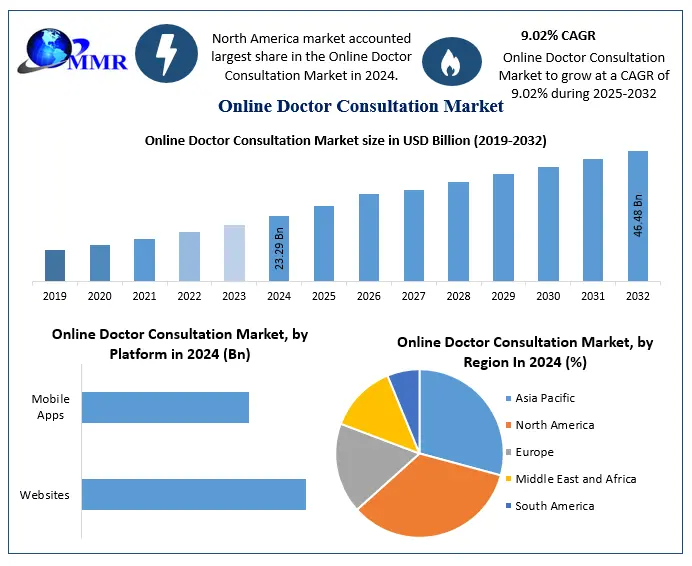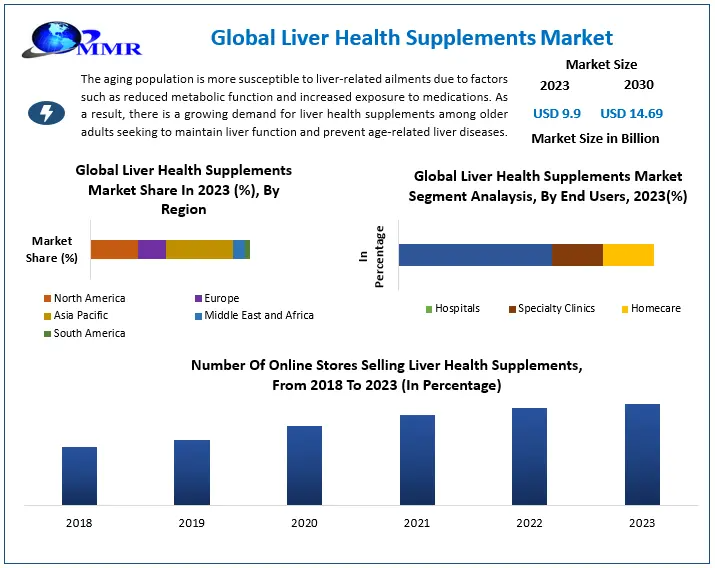Parenteral Nutrition Market Overview
The Parenteral Nutrition Market was valued at USD 7.53 billion in 2023 and is projected to reach nearly USD 11.19 billion by 2030, growing at a CAGR of 5.82% during the forecast period. Parenteral nutrition (PN), also known as intravenous feeding, involves delivering nutrients directly into the bloodstream, bypassing the digestive tract. This method is primarily used for patients who cannot absorb nutrients orally or through enteral nutrition due to illness, surgery, or other medical conditions. The rising prevalence of chronic diseases, increasing awareness regarding malnutrition, and the surging geriatric population are significant factors contributing to the market’s growth.
Additionally, the growing demand for home healthcare, technological advancements in the pharmaceutical industry, and favorable reimbursement policies are further propelling the market. The COVID-19 pandemic has also positively impacted market growth, with an increased emphasis on nutrition therapy and hospitalizations. Key players in the Parenteral Nutrition Market are focusing on strategic initiatives such as mergers and acquisitions, product launches, and collaborations to gain a competitive edge.
Parenteral Nutrition Market Research Methodology
The research methodology for the Parenteral Nutrition Market involves a comprehensive analysis of both primary and secondary data sources. Primary research includes interviews with industry experts, healthcare professionals, and key opinion leaders to gather firsthand insights into market trends, challenges, and opportunities. Secondary research encompasses the study of industry reports, company websites, regulatory databases, and reputable news articles to validate and complement the primary data.
Quantitative analysis is conducted using statistical tools to forecast market growth, while qualitative analysis provides an understanding of market dynamics, competitive landscape, and consumer behavior. The combination of these methodologies ensures a robust and accurate representation of the Parenteral Nutrition Market, aiding stakeholders in making informed decisions.
Parenteral Nutrition Market Demand & Supply
The demand for parenteral nutrition is escalating due to the increasing incidence of chronic diseases such as cancer, gastrointestinal disorders, and neurological conditions. The rising geriatric population, which is more prone to chronic diseases and malnutrition, significantly contributes to the demand for parenteral nutrition products. Ongoing advancements in the pharmaceutical industry, particularly in the formulation of parenteral nutrition solutions, are driving market growth. There is an opportunity for the parenteral lipid emulsion segment to grow, as lipids are a vital component of parenteral nutrition, providing essential fatty acids and energy for patients.
On the supply side, manufacturers are expanding their production capacities to meet the growing demand. For instance, Baxter Healthcare Ltd. invested over $15 million to develop a modern aseptic compounding facility in Sandyford, Dublin, aiming to increase domestic production capacity, enhance supply resiliency, and empower at-home patient treatment. Such investments are crucial in ensuring a steady supply of parenteral nutrition products to healthcare facilities and patients.
Stay Ahead in Your Industry: Grab a Sample Report Now :
Parenteral Nutrition Market Mergers & Acquisitions / Recent Developments
The Parenteral Nutrition Market has witnessed significant mergers and acquisitions aimed at enhancing product portfolios and expanding market reach. For example, in 2022, Fresenius Kabi completed the acquisition of Ivenix, Inc., strengthening its position in the U.S. infusion therapy market. This acquisition created a comprehensive, industry-leading offering of premium infusion therapy products, benefiting patients, customers, and stakeholders, while expanding Fresenius Kabi’s range of parenteral nutrition products.
In terms of recent developments, companies are focusing on launching innovative products to cater to the evolving needs of patients. For instance, in December 2022, Baxter International Inc introduced the ExactaMix Pro Automated Compounder in the U.S., utilizing cutting-edge compounding technology to enhance patient safety, process effectiveness, and formulation accuracy. Such advancements reflect the industry’s commitment to improving patient outcomes and operational efficiency.
Parenteral Nutrition Market Competitive Landscape
The Parenteral Nutrition Market is characterized by intense competition, with several key players holding significant market shares. Notable companies include Baxter, B. Braun, Fresenius Kabi, JW Pharmaceutical, Sichuan Kelun Pharmaceutical, and Grifols. These companies are known for their comprehensive parenteral nutrition portfolios and focus on innovations to improve nutrient delivery systems, increase efficiency, and enhance patient outcomes.
Additionally, local and regional players are emerging, especially in developing markets, offering cost-effective solutions tailored to local needs. Emerging companies are increasingly focusing on personalized nutrition solutions designed to meet the specific metabolic needs of individual patients. This dynamic competitive landscape fosters continuous innovation and ensures a diverse range of options for healthcare providers and patients.



